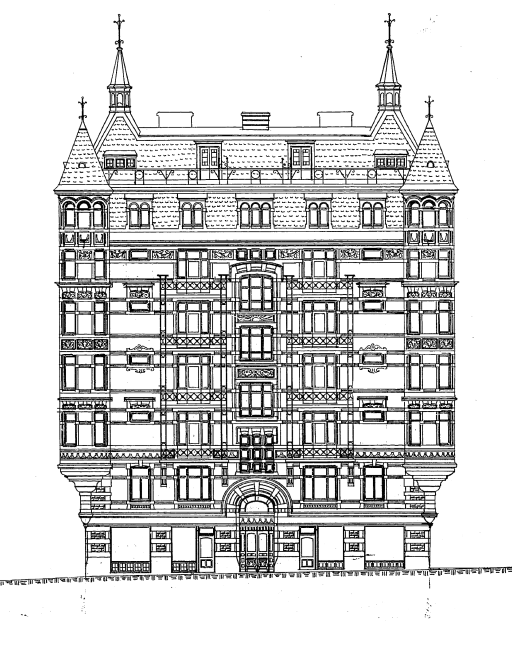Vacant NicheBy Johannes Wahlström
The Tarpan, a small wild horse indigenous to the European continent, was long considered a delicacy, and gaming Tarpan was a source of fun for the nobilities. Peasants, having been unsuccessful in their attempts to domesticate the Tarpan, saw the wild horse as a nuisance. It was accused of committing break-ins at stables and eloping with the village mares, and because of that a large variety of methods of exterminating the Tarpan were invented. And so, in 1909 the last remaining Tarpan finally died in captivity, thereby bringing to an end the endemic wild horses of Europe.
In the interwar period the Heck brothers in Germany set out to resurrect the extinct Tarpan. They did not attempts to bring the genotype of the horse back to life, its genes were long lost, instead they set out to recreate its phenotype, its characteristics and its appearance, in order to reintroduce it into the European ecosystem. Biologists of the time believed that each living organism occupies a specific niche in the ecosystem, and that this niche is defined by the role the organism plays in regard to the rest of the ecosystem, or how it "makes a living". Therefore, the reasoning went, the vacant niche previously filled by the wild horse needed to be re-filled, else it would be occupied by an invasive species, potentially jeopardising the rest of the ecosystem.
With financial and political support from Herman Goering, who had recently lost his Swedish wife Carin to tuberculosis, a virus yet to have been eradicated, the German zoo directors commenced on a racially selective back breeding of Polish horses in order to resurrect the extinct Tarpan. Their genetic experiments resulted in the creation of a special breed of Konik, a small horse with many traits similar to those in the descriptions of the Tarpan. Most of the experimental Konik were however subsequently eaten by the population of Berlin in the final days of the war, but some were saved by the polish scientist Zygmunt Vetulani. After the war the remaining Koniks were bred into the national parks of Poland under the auspices of Soviet authorities.
The concept of vacant niches remains a controversy among conservationists since it has been used to justify introductions of plants and animals that have resulted in environmental disasters, and scientists debate to what extent vacant niches left by the eradication of organisms or viruses open for invasive species. Nevertheless, the WWF has recently restarted the resurrection of the extinct Tarpan. In 2011 the organisation together with the Post Code Lottery and the European Investment Bank created the Rewilding Europe project and commenced with a repopulation scheme of Koniks in the UK, Holland and Germany and as of November of last year the Koniks are now also Rewilding Ukraine.
